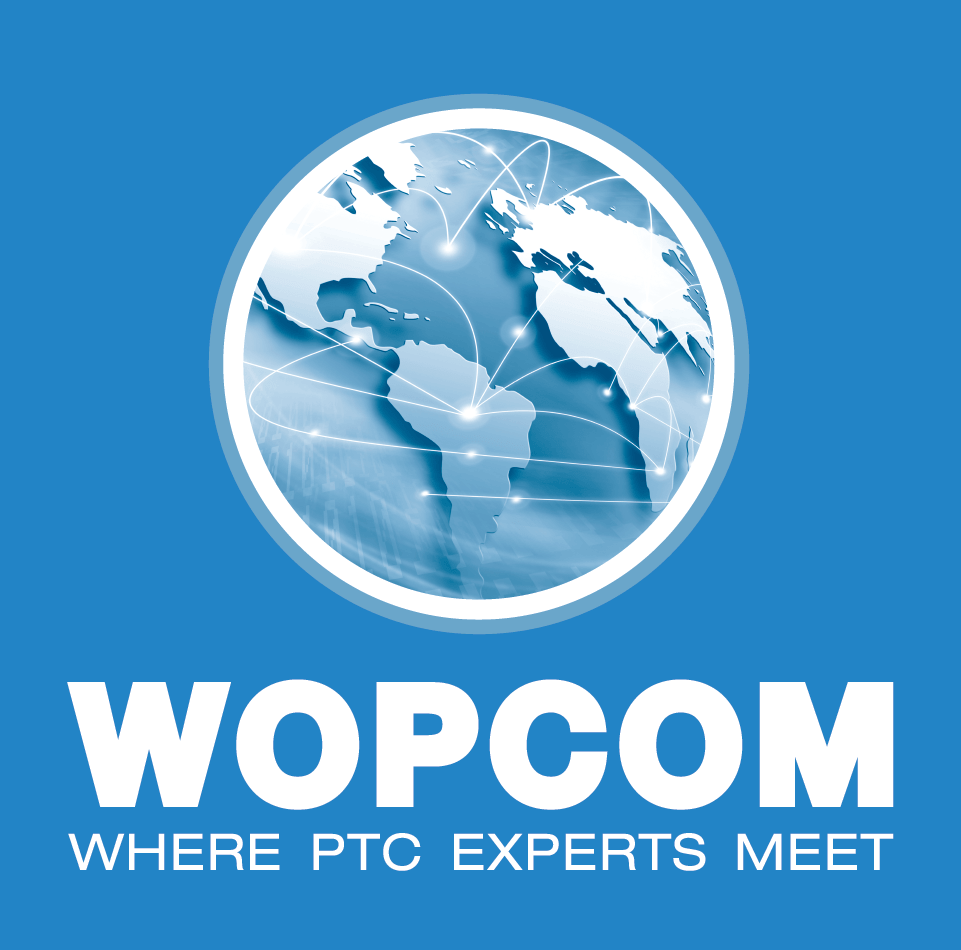(TC) Technical
Validation & certification in professional textile cleaning
Quality, a definition The word quality has a certain ring to it and is used frequently to state that a product or service is good. But quality should be defined more specifically. Even if a product or a service is not good, the quality can be correct. In daily practice, the term is often used…
Read MoreTextile materials in PTC (part 4): textile materials matter!
Materials do matter in textiles. Fibre selection and engineering, blending of fibres at fibre, yarn or fabric level, fabric construction and finally finishes or coatings do matter in designing properties of materials. There is more than staple cotton and polyester. Cotton can even be modified and polyester comes in a wide range of shapes. But…
Read MoreTextile materials in PTC (part 3): Engineering fibers and fabrics
Once fibre selection is carried out, the next step is to engineer materials. The three components of designing fabrics are to choose yarns (in terms of composition, twist, thickness, finishes) to design a fabric structure (technology used, density in threads per cm, binding) and to select finishes (colour, laminates or coatings). Fibre Blends Blending is…
Read MoreTextile materials in PTC (part 2): main fibre types
Materials come at a price and the economics of fibres do also drive their development and utilization. Cost of fibres is not a given, it is depending on the advancement of processes and the scale at which they are produced. Cotton is one of the cheapest fibres because of more than 200 years of development.…
Read MoreTextile materials in PTC (part 1): firbre dynamics
The fundamental basis of textiles is fibre. Fibres give so called “intrinsic” properties to material. This is the consequence of the physical-chemical properties of a polymer, such as the melting point, glass transition temperature, strength, hydrophilic or hydrophobic behaviour. For a textile engineer, a fibre is a bundle of filaments to be used in a…
Read MoreThe environmental impact of dry cleaning
6.4. Environmental impact 6.4.1. Life cycle analysis The life cycle analysis (LCA) is a technique to assess environmental impact associated with all the stages of a product’s lifecycle. A life cycle analysis is generally performed on a product from the cradle to the grave. In this case, the environmental impact of dry cleaning processes are…
Read MoreSafety & sustainability in working methods for dry cleaning
To implement safety and sustainability effectively in the dry cleaning industry and help the dry cleaners to optimise the dry cleaning operation and minimise emission, best practice working methodologies have been set up. Several associations, governments, health, safety and environmental institutes have published best practice information [49, 50, 51]. What is a best practice approach?…
Read MoreSafety & sustainability with dry cleaning chemicals
Chemicals are used during daily operation in dry cleaning shops. Not only the solvents, but also the spotting agents, detergents and additives are considered to be chemicals. When working with chemicals precautions have to be taken. Contact with the skin, ingestion and inhalation have to be prevented. This means, in general, the use of safety…
Read MoreSafety & sustainability in dry cleaning equipment
6.3.1. Equipment 6.3.1.1. Development The equipment nowadays manufactured and used in the dry cleaning industry is designed to meet national and international regulations. In Europe, the Solvent Emissions Directive [19] is leading and equipment is designed to fulfil these requirements. Equipment is often divided in generations, which mark significant technical developments. Equipment from the 4th…
Read More
